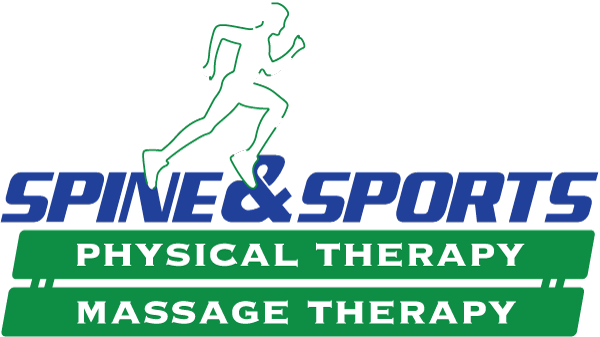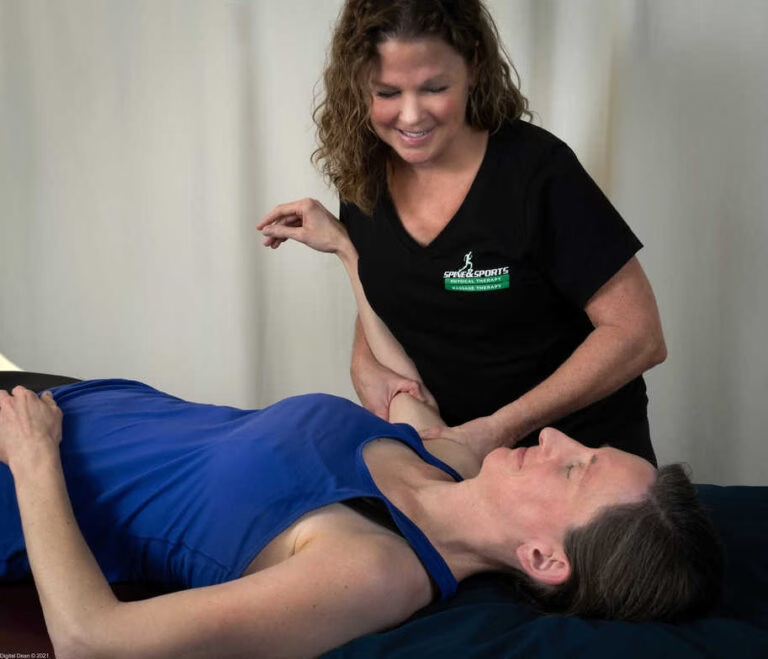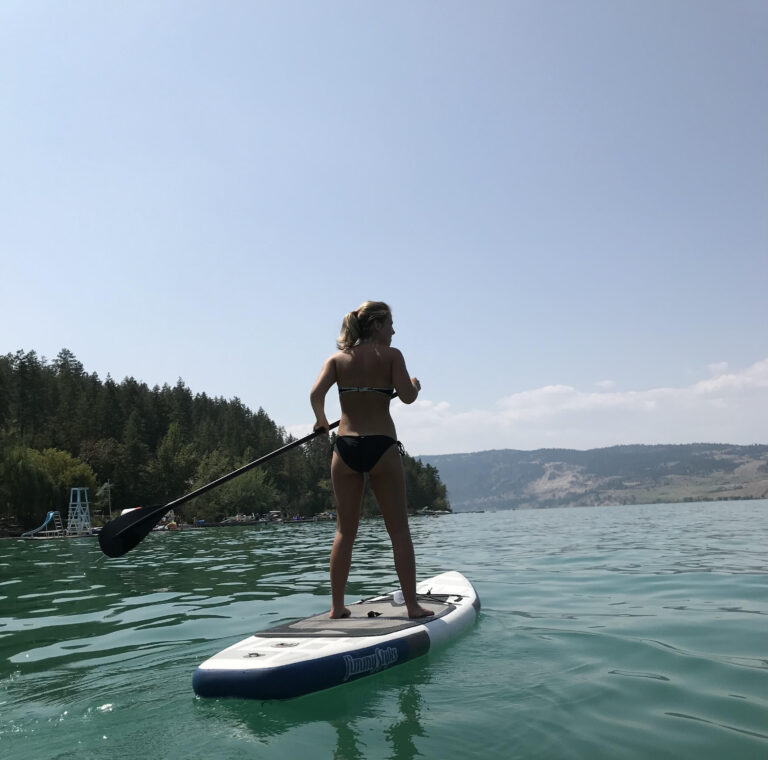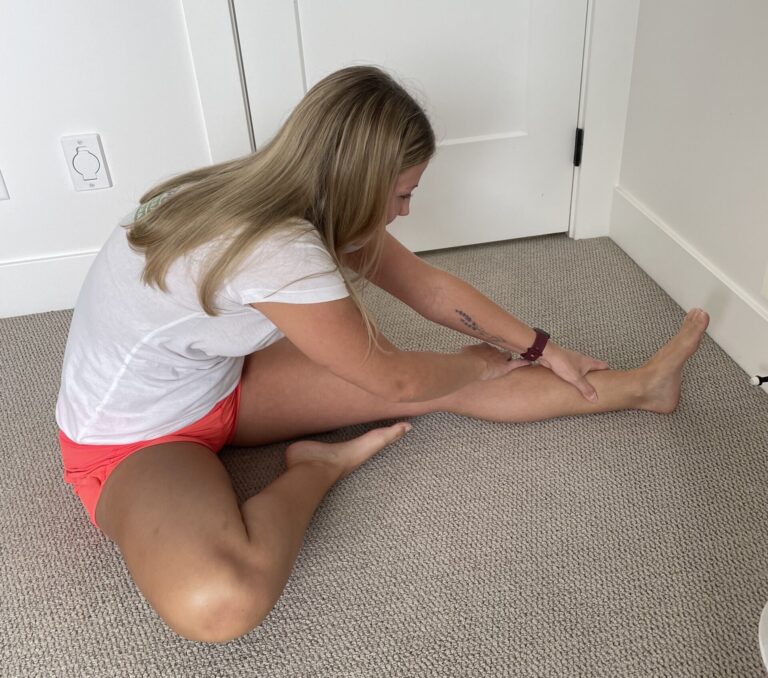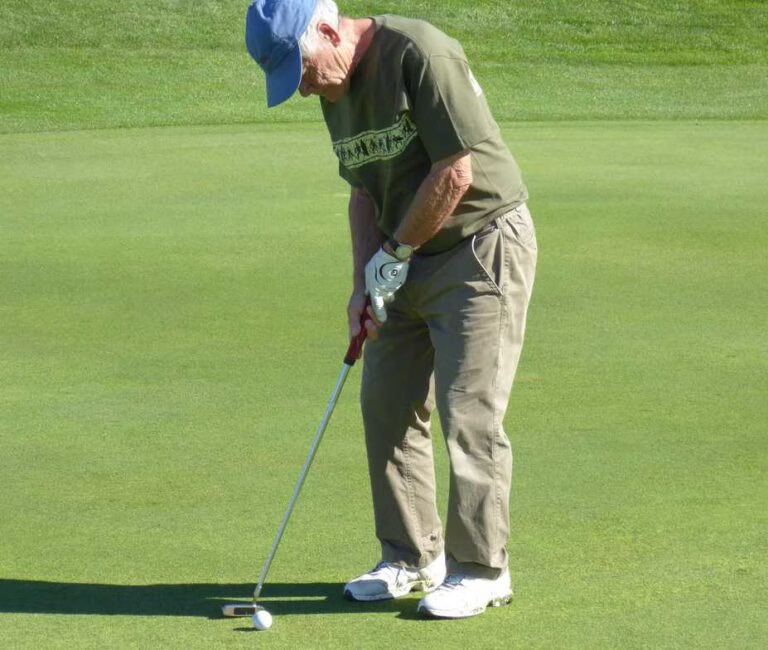Do you need to use the railing when going up and down the stairs? Do you feel unsteady when putting on your shoes or getting dressed in the morning?
Balance issues and loss of balance are very common as we age, and can begin to decline in adults starting around 50 years of age. Balance is a result of the interplay between the visual, vestibular, and musculoskeletal (muscles, bones, & joints) systems.
There are a variety of factors contributing to this decline, including:
Decreased function of the vestibular system. Our vestibular system is located in the inner ear, and communicates with the brain, to let it know when we are about to fall. This allows us to take corrective action and prevent falls. Cells within this system die as we age, and decrease its overall function.
Decreases in coordination and reflexes. With age, certain brain regions responsible for motor control begin to atrophy or “shrink” and we experience a degeneration of neurotransmitter systems aka the messenger systems that help our muscles fire.
Decreased muscle mass and strength. “Use it or lose it.” Over time, our muscles also begin to atrophy due to decreased use and changes in hormones, decreasing their overall mass and ability to generate strength. Along with this, we lose power, which is our ability to generate force quickly.
Medical conditions, disorders, and disease. These are all factors that can affect our balance, independent of aging. For example, low blood pressure can lead to lightheadedness and difficulties with balance. In addition, medications for various conditions, disorders, and diseases can have a multitude of side effects, including balance issues and dizziness.
So what can we do about this?
Balance training. Incorporating balance exercises into your daily routine can help with loss of balance and reduce the chance of falls. Balance training includes a variety of exercises to challenge all 3 systems to strengthen them together, resulting in an overall improvement in balance. To target all systems, we often see a combination of lower limb (leg) strengthening and balance specific exercises, which sometimes we’ll even ask you to do with your eyes closed!
We want to help you continue doing the things you love without fear of falling, and balance training is the best way to tackle that.
